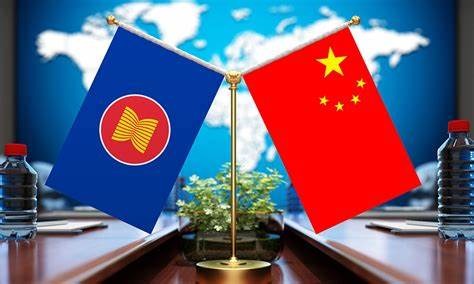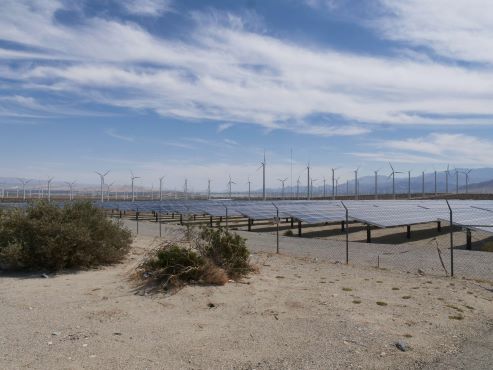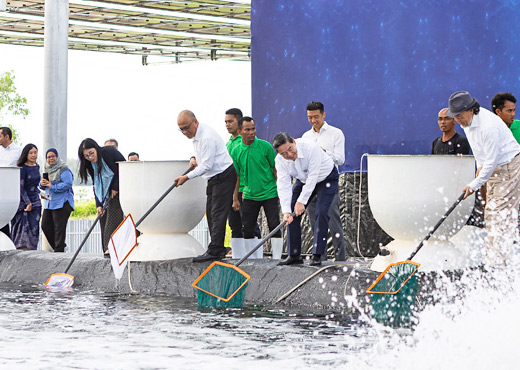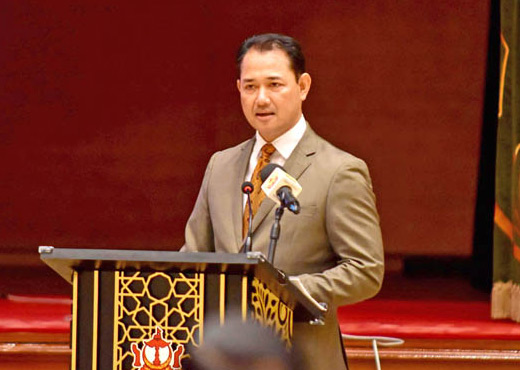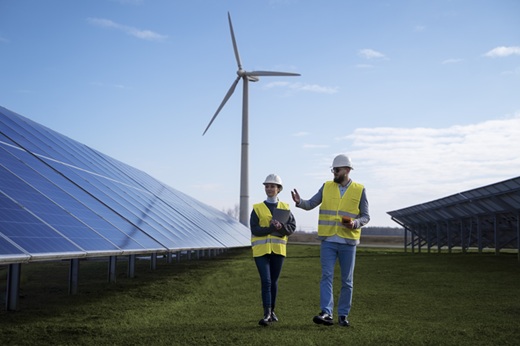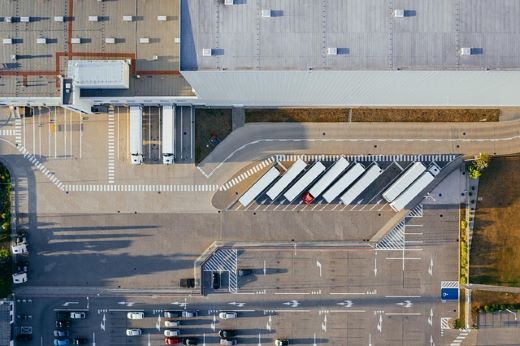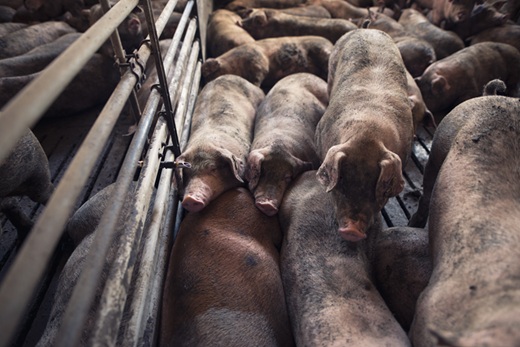The U.S. and China are usually top of mind when it comes to artificial intelligence and generative AI. But Southeast Asia’s small businesses have huge potential that shouldn’t be ignored, experts say.
In fact, it’s a matter of survival, according to Jochen Wirtz, a professor of marketing at the National University of Singapore Business School, who said those that fall behind will be “moved into a franchise business or will be pushed out of the market by bigger players who do it.”
“Either you grow and adopt, or you die,” he added.
AI and genAI will contribute about $120 billion to the region’s gross domestic product by 2027, Boston Consulting Group projected in an April report titled “Unlocking Southeast Asia’s AI Potential,” which cited the technology’s potential to “redefine business processes and unlock new revenue streams.” And Google’s e-Conomy SEA 2024 report found that Singapore, the Philippines and Malaysia are ranked among the top 10 globally for AI-related searches and demand, indicating “curiosity” and an “active interest” within the region.
Youth is an advantage. Among surveyed countries in the Asia-Pacific, Vietnam, Malaysia and the Philippines have the highest percentage of business owners or leaders under 40 years of age, according to CPA Australia’s Small Business Survey 2024-25.
For countries such as Vietnam, “the future is bright because ... it’s a very young population, is a very internet-savvy population,” said Soumik Parida, associate program manager of the professional communication program at RMIT University Vietnam’s School of Communication and Design. “They are starting to have a global voice and they’re very easy to adapt any new technology,” he added.
Here’s how some of the region’s businesses are using it to stay on top of the competition — as well as the opportunities and roadblocks they face.
Most popular use cases
Customer service is the leading use case in Southeast Asian e-commerce, followed by marketing and advertising, according to a joint report by Lazada and Kantar about AI adoption trends in the six largest economies in Southeast Asia. Also known as the ASEAN-6, they comprise Singapore, Malaysia, Vietnam, Indonesia, the Philippines and Thailand.
A McKinsey survey released in March revealed a similar trend: Companies have adopted genAI for marketing and sales, with tech companies leading the charge. It also showed that most adopters are using the technology to generate text, with 63% of surveyed companies reporting that they do so.
GenAI presents a unique boon for a region as linguistically diverse as Southeast Asia: Aside from writing personalized marketing messages, it can also translate promotional texts into different languages.
For example, Lita Global, an Indonesia-based social media platform for gamers, is benefiting a lot from that. Since integrating OpenAI’s models in the second half of last year, it said, it has been able to host almost twice as many online gaming events monthly, thanks to greater efficiency.
That’s a big boost for its business, since every event can raise weekly revenues by an average of 20%, the company said.
With genAI, employees can quickly translate announcements about events from English to Southeast Asian languages, such as Vietnamese and Thai, to reach more users in the region. And that frees them up — time originally used for writing, translating and formatting promotional text can now be used for organizing more revenue-generating events, according to Lita Global.
The company also uses genAI in its chat function to recommend responses to users. Lita Global is a social platform where users can hire other gamers to play with them online.
Gamers for hire typically chat with users before an order is placed for a gaming session. But that can be difficult when demand for gamers is high and gamers for hire are busy with other matches. Gamers for hire who use the AI-recommended responses have seen a 10% to 20% uptick in orders, said Lita Global’s CEO Yihao Zhang.
“So we’re using AI to really help them to improve their efficiency, to help them to be more available to the users,” Zhang said.
Another way Southeast Asian MSMEs (micro, small and medium enterprises) can use genAI in marketing is through AI livestreaming. Google’s SEA e-Conomy report noted that live shopping has become more popular in the region. Live shopping, or livestreaming, usually involves a host showcasing the products for sale. Not only does this include clothing try-ons, but shoppers can also ask questions in the comments section, which are answered in real time.
While livestreams are traditionally hosted by humans in studios, MSMEs may lack the funds or technical know-how to execute regular livestreams to boost sales. AI livestreaming can open doors to new opportunities for sellers, said Jensen Wu, CEO of TopviewAI.
TopviewAI says on its website that its AI livestreaming services can cost around $1 per minute. Instead of spending on studio rental, samples of the merchandise and labor of human hosts, companies can have one person monitor the livestream, Wu said. That helps lower costs while boosting sales, making for a “pretty good” return on investment, he added.
The problem of costs
The efficiency boost doesn’t come cheap, however.
That’s why small businesses are limited to adopting AI on a small scale for now. Using AI chatbots for relatively simple tasks, for example, can reduce labor costs as subscriptions for such services tend to be inexpensive. On top of that, with a variety of third-party tools available on the market, business owners can also have their pick, according to RMIT Vietnam’s Parida.
Small businesses in the fashion, and food and beverage industries in Vietnam, for example, have begun using chatbots to manage inquiries and orders, Parida said.
“Anything beyond that requires a lot of expense” he said.
While larger companies can hire software companies to develop sophisticated systems customized to a business’ needs, it’s a luxury not many can afford.
Even companies that have the expertise to integrate AI themselves pay a premium to do so.
Lita Global, for example, spends about $2,000 on AI every month, part of which goes to purchasing tokens for OpenAI’s application programming interface (API). APIs allow companies to build upon OpenAI’s models, instead of requiring companies to build the AI model from scratch.
However, as AI improves, the cost to use it is expected to drop. Research and advisory firm Gartner predicted in February that by 2027, the average prices of application programming interfaces for genAI will fall to less than 1% of the current average price for the same technology.
That could mean even greater affordability for smaller businesses adopting AI for their businesses.
Outlook for the region
In emerging markets such as those in Southeast Asia where labor costs are low, companies may feel less motivated to boost efficiency through adoption of technology. But technology can provide “much better [outcomes]” for existing business practices, said NUS Business School’s Wirtz. AI is just another way to adopt technology.
He compared it to the popularization of e-hailing services, which reduced the risk of tourists getting scammed by taxi drivers in foreign countries, as e-hailing apps could estimate the price of a journey.
And with a tech-savvy population of entrepreneurs in economies such as Vietnam, where labor costs are low, the excitement to adopt AI remains high, according to Parida.
“It’s a very hungry young people,” he said.
Source: CNBC (Southeast Asian small businesses using AI to stay competitive)
Published 25 Jun 2025

